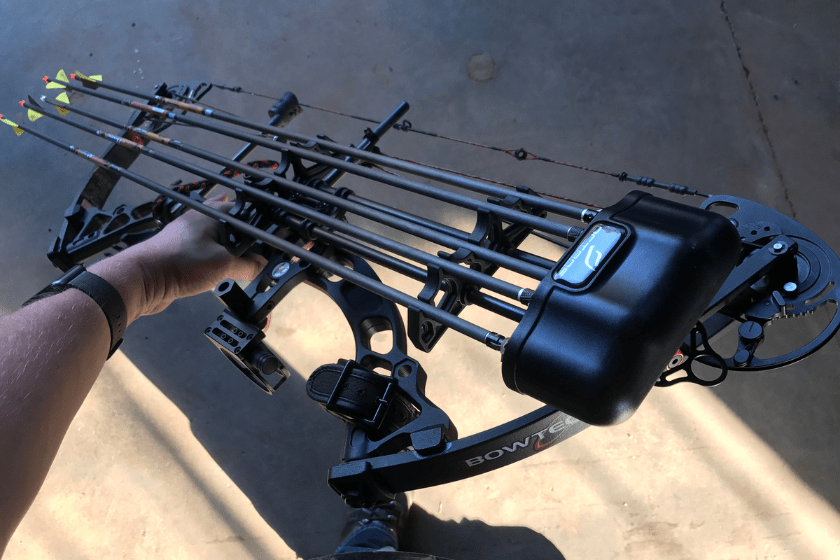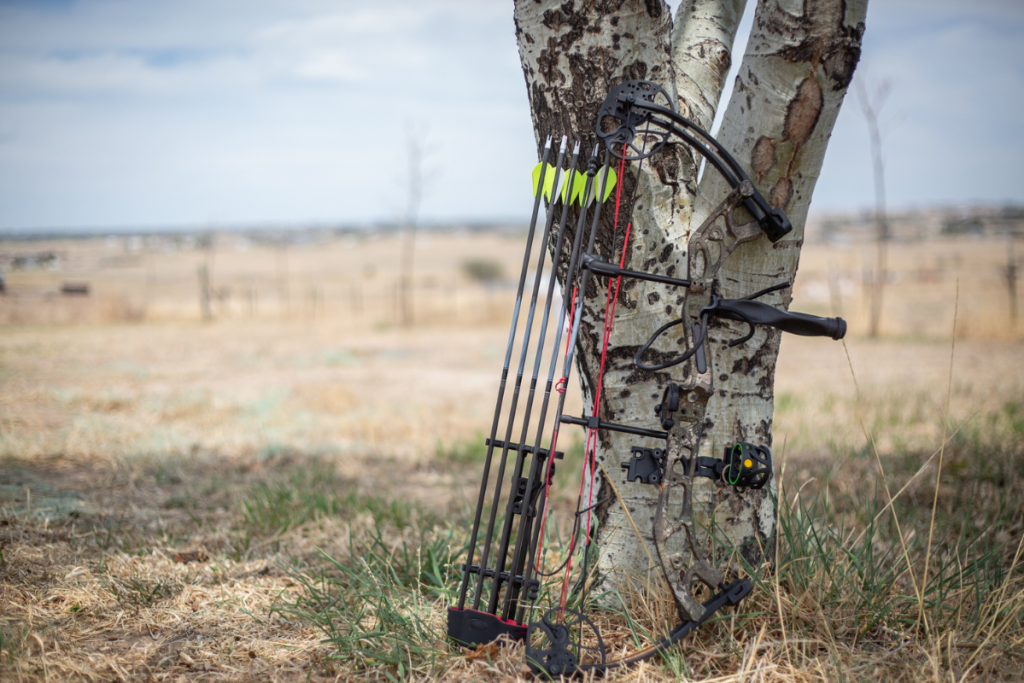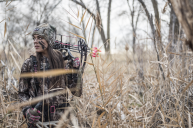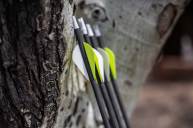Bowhunting season approaches fast. If you're new to the sport , you'll find that a little bit of good advice goes a long way in starting off on the right foot. But too much suggesting and coaching can become like the static from a disconnected television: annoying and unproductive. Everyone was a beginner once, which means that learning from experts lets you avoid mistakes and learn before failing (even though a little disappointment is part of the game, and just as important to learn how to handle). Overall you'll get a better hunting experience if you listen to those who've been there before, and apply your learnings effectively. Luckily, I've bowhunted for a long time and have a few colleagues with much more experience, so I feel like together we can provide great info for first-timers. Here's what you should do if you're a beginner female bowhunter.
Organize Your Gear

Having hunting gear strategically organized is a good place to start. Think about what you will need while you are hunting and set up your bowhunting pack to make the most important gear easily accessible. Put the things you might need to get to quickly in the easiest pockets to reach, like your rangefinder or binoculars. Many hunting packs have outside zipper pockets which might be a good place to utilize. Snacks, or other things that you might want while out there but are not as urgent, could go in the main compartments. Put the items you will need last, such as your field dressing kit, in the inner pockets. That way those less urgent (but no less essential) items are not in the way when you need to get something in a hurry.
If it helps, make a checklist of everything you'll need. Now gather everything on the checklist. Then assemble your bowhunting backpack, checking things off as you go. Try to keep your pack as light as possible while still toting all the essentials. Bowhunting season is often still quite warm, even in the Northeastern states, so it is easy to get too hot too quickly while carrying a heavy pack into the wilderness.
Give your bow some attention, too. Ensure that it is properly adjusted to your frame and pull weight. Inspect it for wear and tear. Replace any parts that are damaged or not functioning properly. Attempting to harvest a deer with a bow that is malfunctioning is not only irresponsible but could be dangerous. Visit a local archery shop to make sure your bow is in tip top shape before heading into the woods.
Keep It Simple

Ben Hasty/MediaNews Group/Reading Eagle via Getty Images
It is easy to get sucked into the allure of new gear, new products, and new tech for hunting. New and seasoned hunters both want to be the best they can be, but do not be fooled. You do not have to have the most elaborate set up to be successful. Find what works best for you and keep it simple. Especially for your first season out, stick to the basics. Good fitting camo that works well for the climate you will be hunting in, a bow that is properly adjusted, the standard accessories such as quality broadheads, bow release, field dressing kit, and a rangefinder. Skip the fancy gadgets for now.
Practice

Bowhunting expert Ian Brucker preaches practice first.
"Purchasing all the gear in the world is great but if you don't practice with it you may as well not even use it," Brucker says. "Shoot your bow year round while increasing your frequency as season approaches and continue practicing into the season."
Brucker would know. He is a Level 2 USA archery instructor and Bowhunter Safety Instructor in New York. He is also the producer of the outdoor adventure television show, Off the Beaten Path Media.
He suggests practicing with your bow that same way you anticipate hunting in the field. "If you plan to hunt from a treestand, practice setting up and shooting from your treestand whenever possible," Brucker says." Always use a safety harness when hunting or practicing from your stand."
Consider Doubling Up

Dylan Hayward
Take two of the small-but-important pieces of your arsenal, such as a bow release, into the woods with you. While you don't want to weigh yourself down with too much equipment, it's better to have too much than not enough of the really crucial stuff. Imagine squaring up to pull back on the biggest buck of your life when you suddenly realize you must have dropped your bow release on the way to the treestand. In that moment, having a spare handy would make all the difference.
Following the suggested principles of consistent practice and meticulous preparation, first season bowhunters will set themselves up for success in their first season afield.




